Dragonfruit easy gardening tips are what you need to transform your backyard into a tropical paradise, even if you think you have a “brown thumb”! I know, the idea of growing exotic fruits at home can seem daunting, but trust me, it’s more achievable than you think. For centuries, dragon fruit, also known as pitaya, has been cultivated in Southeast Asia and Latin America, prized not only for its vibrant color and unique flavor but also for its nutritional benefits.
But why should you bother with dragonfruit easy gardening tips? Well, imagine stepping outside and harvesting your own juicy, refreshing dragon fruit – perfect for smoothies, salads, or just a healthy snack. Plus, growing your own food is incredibly rewarding and a fantastic way to connect with nature. More importantly, store-bought dragon fruit can be expensive and may not always be the freshest. With a few simple tricks and DIY hacks, you can enjoy a steady supply of this delicious and nutritious fruit right from your own garden. So, let’s dive in and unlock the secrets to successful dragon fruit cultivation!
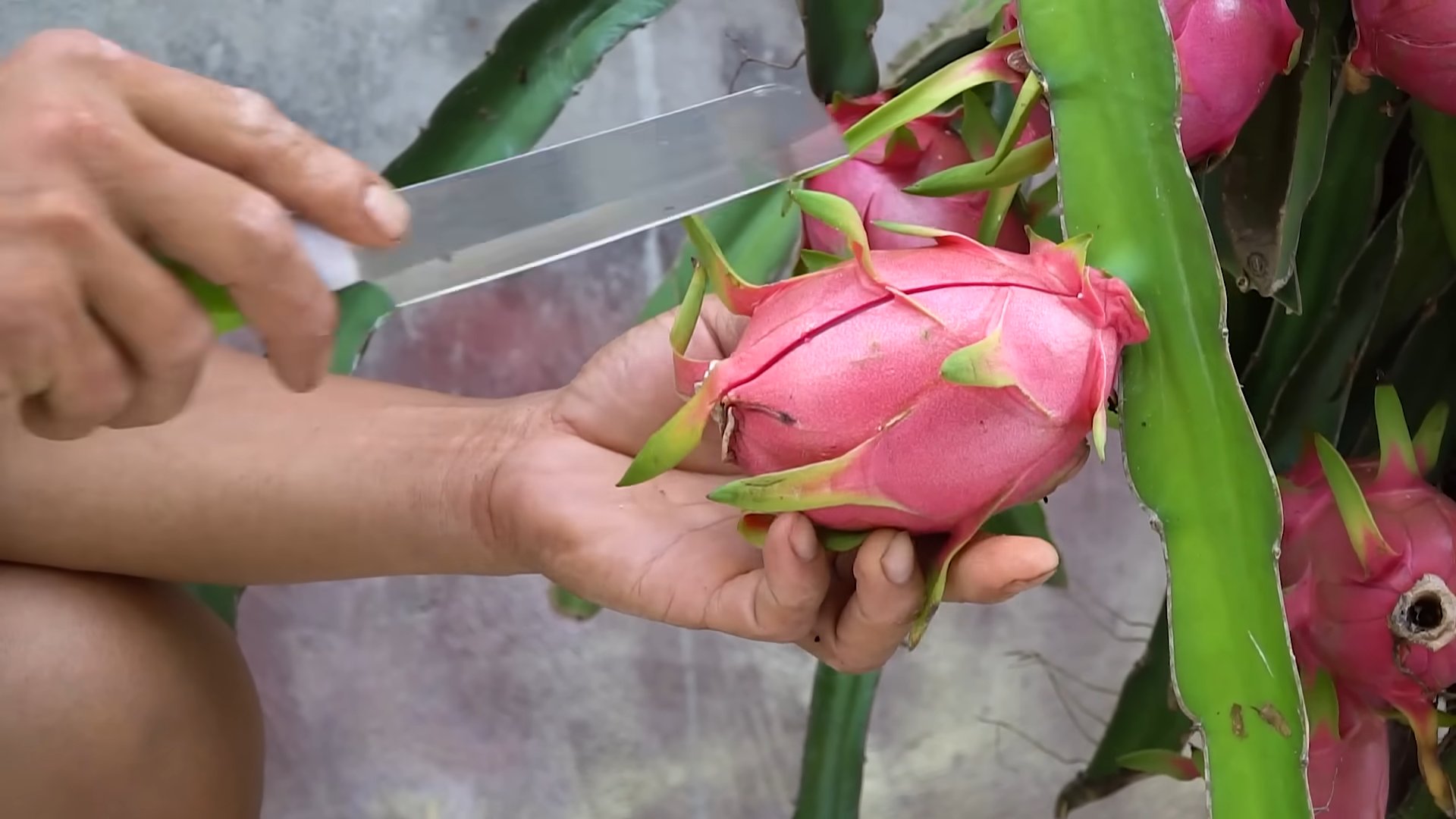
Growing Dragon Fruit: Your Ultimate DIY Guide to a Tropical Treat
Okay, so you want to grow dragon fruit? Awesome! I’m here to tell you it’s totally doable, even if you don’t have a sprawling tropical orchard. Dragon fruit, also known as pitaya, is surprisingly resilient and can thrive in a variety of climates with a little bit of know-how. Let’s dive into how you can cultivate your own delicious dragon fruit at home.
Choosing the Right Dragon Fruit Variety
Before we get our hands dirty, let’s talk varieties. There are tons of dragon fruit types, each with its own unique flavor, color, and size. Some are self-pollinating, which is a HUGE bonus for home growers, while others need cross-pollination.
* **Self-Pollinating Varieties:** These are your best bet if you only want to grow one plant. Popular choices include ‘Hylocereus undatus’ (white flesh, pink skin), ‘Hylocereus costaricensis’ (red flesh, pink skin), and some newer hybrids.
* **Cross-Pollinating Varieties:** These require pollen from a different dragon fruit variety to produce fruit. If you’re feeling adventurous and want to maximize your yield, you can grow two different varieties near each other.
* **Consider Your Climate:** Some varieties are more cold-hardy than others. Do some research to find out which types are best suited for your region.
Getting Started: Propagation Methods
You have a couple of options for starting your dragon fruit journey: seeds or cuttings. I personally prefer cuttings because they’re faster and you know exactly what you’re getting.
* **From Seeds:** This is a longer process, and the resulting plant might not be exactly like the parent plant. However, it’s a fun experiment! You can extract seeds from a ripe dragon fruit, wash them thoroughly, and sow them in a well-draining potting mix. Keep the soil moist and warm, and be patient – it can take a few weeks for them to germinate.
* **From Cuttings:** This is the method I highly recommend. Find a healthy, mature dragon fruit plant and take a cutting that’s about 12-18 inches long. Let the cut end callous over for about a week in a dry, shaded place. This helps prevent rot.
Planting Your Dragon Fruit
Alright, let’s get planting! This is where the magic happens.
1. **Choose the Right Pot (or Location):** Dragon fruit needs well-draining soil, so a pot with drainage holes is essential. If you live in a warm climate, you can plant it directly in the ground, but make sure the soil is amended with plenty of organic matter. A large pot (at least 20 gallons) is ideal for container growing.
2. **Prepare the Soil:** Dragon fruit thrives in slightly acidic soil. A mix of cactus potting mix, perlite, and compost works wonders. You can also add some slow-release fertilizer to give your plant a boost.
3. **Plant the Cutting:** If you’re using a cutting, bury the calloused end about 2-3 inches deep in the soil. Water it gently and keep the soil consistently moist, but not soggy.
4. **Provide Support:** Dragon fruit is a climbing cactus, so it needs a sturdy support structure. A trellis, a strong stake, or even an old tree trunk will work. The plant will eventually attach itself to the support with aerial roots.
Caring for Your Dragon Fruit
Now that your dragon fruit is planted, it’s time to nurture it and watch it grow!
1. **Watering:** Water your dragon fruit regularly, especially during the growing season (spring and summer). Let the soil dry out slightly between waterings. Overwatering can lead to root rot, so be careful!
2. **Fertilizing:** Feed your dragon fruit with a balanced fertilizer every month during the growing season. You can also use a fertilizer specifically formulated for cacti and succulents.
3. **Sunlight:** Dragon fruit needs plenty of sunlight – at least 6-8 hours per day. If you’re growing it indoors, place it near a sunny window or use a grow light.
4. **Pruning:** Pruning is important for shaping your dragon fruit plant and encouraging fruit production. Remove any dead or damaged branches, and trim back any overly long stems.
5. **Pest and Disease Control:** Dragon fruit is relatively pest-resistant, but it can be susceptible to mealybugs, aphids, and scale. Inspect your plant regularly and treat any infestations promptly with insecticidal soap or neem oil. Root rot is a common problem caused by overwatering, so make sure your soil is well-draining.
Encouraging Flowering and Fruiting
This is the part we’ve all been waiting for! Getting your dragon fruit to flower and produce fruit requires a little bit of patience and attention.
1. **Maturity:** Dragon fruit plants typically start producing fruit after 1-2 years.
2. **Pollination:** As mentioned earlier, some varieties are self-pollinating, while others require cross-pollination. If you have a self-pollinating variety, you don’t need to do anything. If you have a cross-pollinating variety, you’ll need to hand-pollinate the flowers.
3. **Hand-Pollination:** This is best done at night, as dragon fruit flowers only open at night. Use a small brush to collect pollen from one flower and transfer it to the stigma of another flower.
4. **Watering and Fertilizing:** Continue to water and fertilize your plant regularly during the flowering and fruiting period.
5. **Patience:** It can take several weeks for the fruit to mature after pollination.
Harvesting Your Dragon Fruit
The moment of truth! Knowing when to harvest your dragon fruit is key to enjoying its delicious flavor.
1. **Color Change:** The skin of the dragon fruit will change color from green to bright pink or red, depending on the variety.
2. **Slight Softness:** The fruit should be slightly soft to the touch, but not mushy.
3. **Easy Detachment:** The fruit should detach easily from the stem when it’s ripe.
4. **Taste Test:** If you’re unsure, you can always cut open a fruit and taste it. It should be sweet and juicy.
Troubleshooting Common Problems
Even with the best care, you might encounter some challenges along the way. Here are some common problems and how to fix them:
* **Yellowing Leaves:** This could be a sign of overwatering, underwatering, or nutrient deficiency. Adjust your watering schedule and fertilize your plant if necessary.
* **Lack of Flowering:** This could be due to insufficient sunlight, lack of nutrients, or the plant not being mature enough. Make sure your plant is getting enough sunlight and fertilize it regularly.
* **Fruit Rot:** This is usually caused by fungal diseases. Improve air circulation around your plant and treat it with a fungicide if necessary.
* **Pest Infestations:** Inspect your plant regularly and treat any infestations promptly with insecticidal soap or neem oil.
Propagating New Plants from Cuttings
Once your dragon fruit plant is thriving, you can easily propagate new plants from cuttings. This is a great way to expand your dragon fruit collection or share with friends and family.
1. **Take a Cutting:** Choose a healthy, mature stem and take a cutting that’s about 12-18 inches long.
2. **Callous the End:** Let the cut end callous over for about a week in a dry, shaded place.
3. **Plant the Cutting:** Plant the calloused end about 2-3 inches deep in a well-draining potting mix.
4. **Water and Care:** Water the cutting gently and keep the soil consistently moist, but not soggy.
5. **Rooting:** It can take several weeks for the cutting to root. Once it has established roots, you can transplant it to a larger pot or plant it in the ground.
Enjoying Your Homegrown Dragon Fruit
Congratulations! You’ve successfully grown your own dragon fruit. Now it’s time to enjoy the fruits of your labor.
* **Eat it Fresh:** Dragon fruit is delicious eaten fresh, straight from the plant. Simply cut it in half and scoop out the flesh with a spoon.
* **Add it to Smoothies:** Dragon fruit adds a vibrant color and a subtle sweetness to smoothies.
* **Make Dragon Fruit Juice:** Dragon fruit juice is refreshing and packed with nutrients.
* **Use it in Desserts:** Dragon fruit can be used in a variety of desserts, such as fruit salads, ice cream, and cakes.
Growing dragon fruit is a rewarding experience that allows you to enjoy a delicious and exotic fruit right from your own backyard (or balcony!). With a little bit of care and attention, you can successfully cultivate your own dragon fruit plant and enjoy its many benefits. Happy growing!
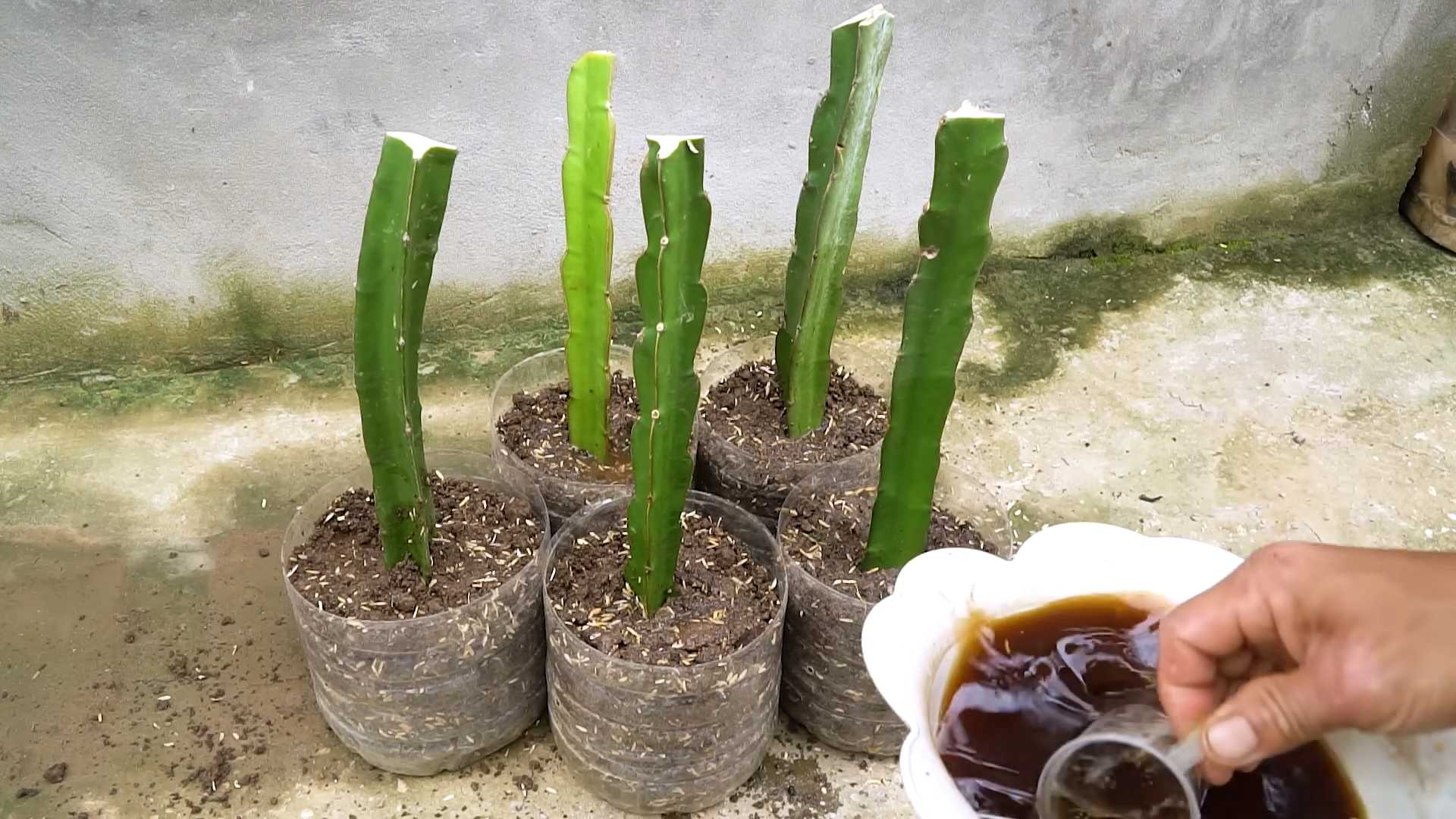
Conclusion
So, there you have it! Cultivating your own dragon fruit at home is not only achievable but also incredibly rewarding. This DIY gardening trick, focusing on simple propagation and care techniques, unlocks a world of vibrant color and exotic flavor right in your backyard or even on your balcony. Forget expensive store-bought fruit; imagine the satisfaction of harvesting your own, knowing exactly where it came from and how it was grown.
This isn’t just about saving money; it’s about connecting with nature, learning a new skill, and enjoying the freshest, most delicious dragon fruit imaginable. The process itself is therapeutic, offering a welcome escape from the stresses of daily life. Plus, you’ll be the envy of all your friends and neighbors!
But the best part? This DIY dragon fruit gardening trick is incredibly versatile. Feel free to experiment with different varieties of dragon fruit. There are types with white flesh, red flesh, pink flesh, and even yellow skin! Each offers a unique flavor profile, so why not try growing a few different kinds? You can also adjust the trellis system to suit your space. Whether you have a sprawling garden or a small patio, there’s a way to make dragon fruit cultivation work for you. Consider using recycled materials for your trellis to make it even more eco-friendly.
Don’t be afraid to get creative with your soil mix. While the recommended blend works well, you can tailor it to your specific climate and soil conditions. Adding compost or aged manure can further enrich the soil and boost your dragon fruit’s growth. Remember to monitor your plant closely and adjust your watering and fertilization schedule as needed.
We’ve provided you with the foundational knowledge, but the real magic happens when you put it into practice. Embrace the learning process, don’t be discouraged by initial setbacks, and most importantly, have fun! The journey of growing your own dragon fruit is just as enjoyable as the final harvest.
We are confident that with a little patience and dedication, you’ll be enjoying your own homegrown dragon fruit in no time. So, what are you waiting for? Grab your cuttings, prepare your soil, and embark on this exciting gardening adventure.
And once you’ve experienced the joy of growing your own dragon fruit, we want to hear all about it! Share your photos, tips, and stories in the comments below. Let’s build a community of dragon fruit enthusiasts and inspire others to try this amazing DIY gardening trick. Your experiences can help others overcome challenges and achieve success. Together, we can spread the love of homegrown dragon fruit far and wide! Let us know what challenges you faced and how you overcame them. Did you try any variations on the suggested methods? What worked best for you? Your feedback is invaluable and will help us refine our guide and provide even better information to future gardeners.
Ready to transform your garden and your taste buds? Start your dragon fruit journey today!
Frequently Asked Questions (FAQ)
1. What is the best time of year to plant dragon fruit cuttings?
The ideal time to plant dragon fruit cuttings is during the late spring or early summer. This is when the weather is warm and the plant is actively growing. The warmer temperatures and longer daylight hours promote faster root development and overall growth. Avoid planting during the winter months, as the cold temperatures can hinder growth and even damage the cuttings. If you live in a region with mild winters, you may be able to plant in the early fall, but be sure to protect the cuttings from frost.
2. How often should I water my dragon fruit plant?
Dragon fruit plants are relatively drought-tolerant, but they do need regular watering, especially during the growing season. Water deeply when the top inch of soil feels dry to the touch. Avoid overwatering, as this can lead to root rot. During the dormant season (winter), reduce watering frequency. The frequency of watering will also depend on your climate and soil type. In hotter, drier climates, you may need to water more frequently. In cooler, more humid climates, you may need to water less frequently. Always check the soil moisture before watering to ensure that the plant needs it.
3. What kind of fertilizer should I use for my dragon fruit plant?
Dragon fruit plants benefit from regular fertilization, especially during the growing season. Use a balanced fertilizer with a ratio of 10-10-10 or 20-20-20. You can also use a fertilizer specifically formulated for cacti and succulents. Apply the fertilizer according to the package directions. Avoid over-fertilizing, as this can burn the roots. You can also supplement with organic fertilizers such as compost or aged manure. These will provide essential nutrients and improve soil health.
4. How long does it take for a dragon fruit plant to produce fruit?
Dragon fruit plants typically start producing fruit within 1-3 years of planting. The exact time will depend on the variety of dragon fruit, the growing conditions, and the overall health of the plant. To encourage fruiting, make sure the plant receives plenty of sunlight, water, and fertilizer. You may also need to hand-pollinate the flowers if you don’t have enough natural pollinators in your area.
5. What are some common pests and diseases that affect dragon fruit plants?
Dragon fruit plants are generally resistant to pests and diseases, but they can be susceptible to certain problems. Common pests include aphids, mealybugs, and spider mites. These can be controlled with insecticidal soap or neem oil. Common diseases include root rot and fungal infections. These can be prevented by avoiding overwatering and ensuring good drainage. If you notice any signs of pests or diseases, treat them promptly to prevent them from spreading.
6. How do I prune my dragon fruit plant?
Pruning is essential for maintaining the shape and health of your dragon fruit plant. Prune the plant regularly to remove dead or damaged branches, as well as any branches that are growing in the wrong direction. You can also prune to control the size and shape of the plant. The best time to prune is after the plant has finished fruiting. Use sharp, clean pruning shears to make clean cuts.
7. Can I grow dragon fruit in a container?
Yes, dragon fruit can be successfully grown in containers. Choose a large container with good drainage. Use a well-draining potting mix. Provide a trellis or other support structure for the plant to climb on. Container-grown dragon fruit plants may need more frequent watering and fertilization than those grown in the ground.
8. How do I know when my dragon fruit is ripe?
Dragon fruit is ripe when the skin turns a bright, even color and the fruit feels slightly soft to the touch. The “wings” or scales on the fruit will also start to dry out and turn brown. You can also gently twist the fruit; if it comes off easily, it’s ripe. The taste is the ultimate indicator; ripe dragon fruit should be sweet and slightly tangy.
9. What are the benefits of growing my own dragon fruit?
Growing your own dragon fruit offers numerous benefits, including:
* **Fresh, delicious fruit:** Homegrown dragon fruit is often fresher and more flavorful than store-bought fruit.
* **Cost savings:** Growing your own dragon fruit can save you money in the long run.
* **Organic gardening:** You can control the growing process and avoid using harmful pesticides and herbicides.
* **Environmental benefits:** Growing your own food reduces your carbon footprint.
* **Therapeutic activity:** Gardening is a relaxing and rewarding activity.
* **Impress your friends:** Show off your gardening skills with this exotic fruit.
10. What if my dragon fruit plant doesn’t flower?
Lack of flowering in dragon fruit plants can be due to several factors. Ensure your plant is getting at least 6-8 hours of direct sunlight daily. Insufficient sunlight is a common cause of poor flowering. Also, make sure your plant is mature enough to flower, which usually takes 1-3 years. Proper fertilization is crucial; use a fertilizer higher in phosphorus to encourage blooming. Water stress, either too much or too little, can also inhibit flowering. Finally, consider hand-pollination if natural pollinators are scarce in your area.

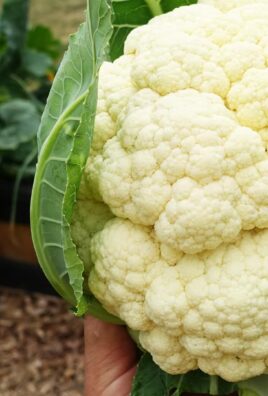
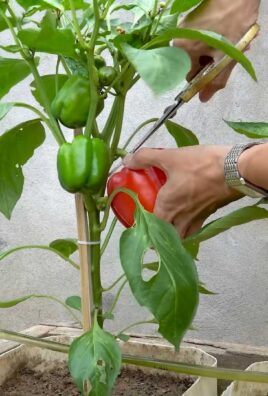
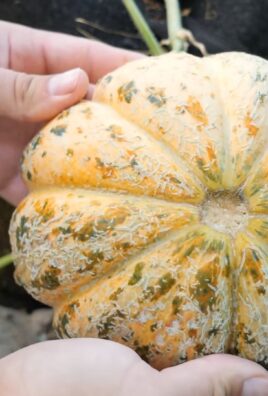
Leave a Comment